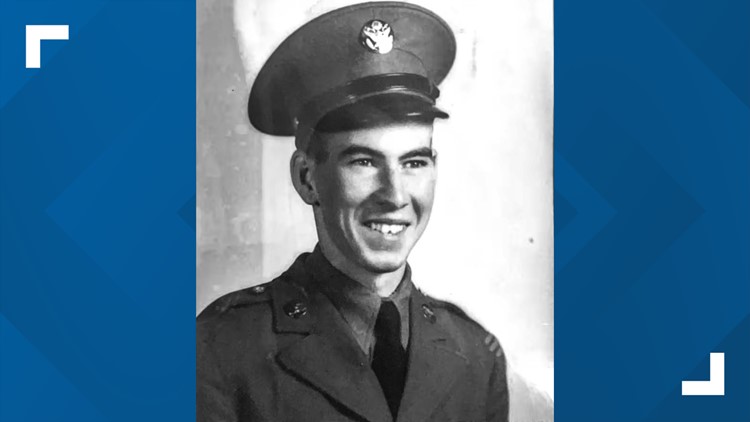LEESBURG, Fla. — A U.S. Army Air Force gunner's remains have been accounted for nearly eight decades after the heavy bomber he was flying in was shot down over France during World War II, military officials said on Monday.
Staff Sgt. Franklin P. Hall, 21, of Leesburg, Florida, was identified in July by scientists who used anthropological and DNA analysis, the Defense POW/MIA Accounting Agency said in a news release.
Hall was assigned to the 66th Bombardment Squadron, 44th Bombardment Group (Heavy) in the European Theater in January 1944, officials said. The airman was the left waist gunner on a B-24D Liberator called “Queen Marlene” when it was attacked by German air forces near Équennes-Éramecourt, France. German forces found the crash site and recovered nine sets of remains, which were interred in the French cemetery at Poix-de-Picardie. Hall’s remains were not accounted for after the war, and he was declared non-recoverable in 1951.
Ongoing research into soldiers missing from combat around Équennes-Éramecourt eventually led to the discovery of two sets of remains buried in Normandy American Cemetery, an American Battle Monuments Commission site. The remains were disinterred in 2018 and transferred to the DPAA laboratory, where one set was identified as Hall.
Hall’s name is recorded on the Tablets of the Missing at Ardennes American Cemetery, France, along with others still missing from WWII. A rosette will be placed next to his name to indicate he has been accounted for.
Hall will eventually be buried in Leesburg, Florida, though officials didn't say when.



